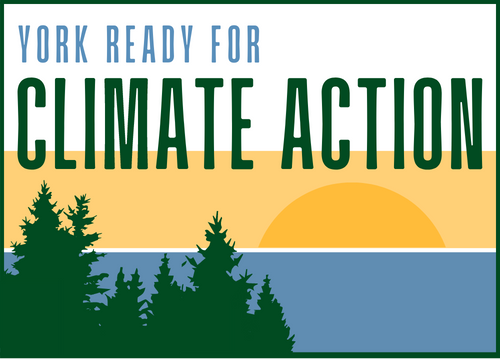Getting Ready: 8 easy ways to reduce your home’s carbon footprint and heating bills
As winter approaches it is time to consider energy conservation in our homes. We all have a shared desire to save money on energy while also enhancing comfort and lowering our carbon footprint. Reducing our energy use is the first and most important maxim in our quest for a sustainable lifestyle. And what better place to save energy than in our homes, which make up the largest share of the energy we consume?
Some easy places to start include:
Your furnace or boiler: Make sure they’re inspected, and filters are replaced annually. How old is the unit? If it is more than 15 years old for a furnace, consider a plan for replacement before unit failure. You’ll want to consider a heat pump if either needs to be renewed!
Your water heater: What is the temperature of the water in your water heater? Often this is set at 140 degrees. In almost all cases, this is unnecessarily high. A 120-degree setting is adequate. And while we are talking about water temperature, don’t forget to wash your clothes with cold water, which is just as effective as a hot water wash.

Your windows: Remove any window a/c units for the winter. Failure to do this means you are essentially leaving a window open all winter. Remove screens and wash windows to allow as much radiant heat from sunlight into your house. Use curtains and shades judiciously - open during the day for the sunlight and close at night to lower heat loss. A local alternative to storm windows or window replacement are inexpensive custom-made window inserts from Windowdressers based in Rockland, Maine. A window measuring duo will come to your house and then the windows are fabricated by a volunteer team at a local window build.
Your hot water pipes: Insulate accessible hot water pipes in the basement with foam insulating tubes.
Your fireplace: Are you losing heat in your fireplace? Do you remember to close the damper after using it? Great, but the metal-on-metal air sealing with the damper is often suboptimal with the metal warping on the damper. There are several options for inserting air-sealing materials below the damper for a better seal. Insert the blocker after every fire and remove it before building your fire.
Your doors: Window and door air sealing is easy to perform and prevents air leaks.
Getting Ready: Who do we want to be in a climate-changed world?
Your attic: Even more important than air-sealing doors and windows is air-sealing your attic. A home’s heat loss begins with air moving up and out of the attic. If there is significant air leakage from the attic, a chimney effect occurs. There is warm air moving upward and out through attic leaks. Weatherization experts put their priority on air sealing the attic. Once the attic is sealed, this upward air pressure stops, and heat loss diminishes. Also, significant heat loss can occur through your attic hatch or attic pull-down stairs both from air leaks and lack of insulation.
Your basement: There are several opportunities here for DIY solutions, both with air sealing and insulation. Is your heating system a forced hot air system with visible ducts throughout the basement? There is significant potential loss of energy through poorly sealed and uninsulated ducts. What about your basement windows, which have essentially no insulating value and let in very little light anyway? Now if you are interested in a more involved project, your exposed rim joists have great potential for air sealing and insulation. What is a rim joist? It is the basement joist that runs along the perimeter of the building, perpendicular to the floor joists.
You can start with two or three of these actions, and then keep picking away at the list as time and energy allows. They can make a significant difference in your winter energy usage as well as comfort.
Edward McAbee is the board president for York Ready for Climate Action. York Ready for Climate Action is a nonprofit 501c3 grassroots citizens’ organization dedicated to increasing awareness of the causes and effects of climate change and advancing environmentally friendly and inclusive policies and behaviors. Please see yorkreadyforclimateaction.org or info@yorkreadyforclimateaction.org. Information about EcoHOMES is on the same site.
This article originally appeared on Portsmouth Herald: Getting Ready: Winterize your home with 8 DIY tips
